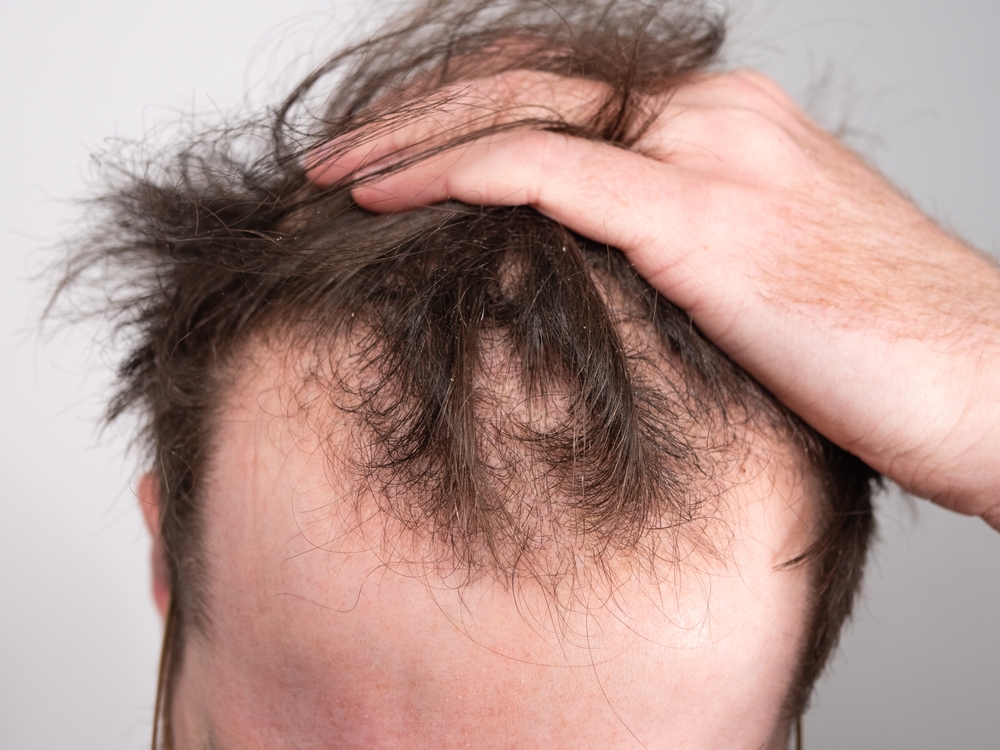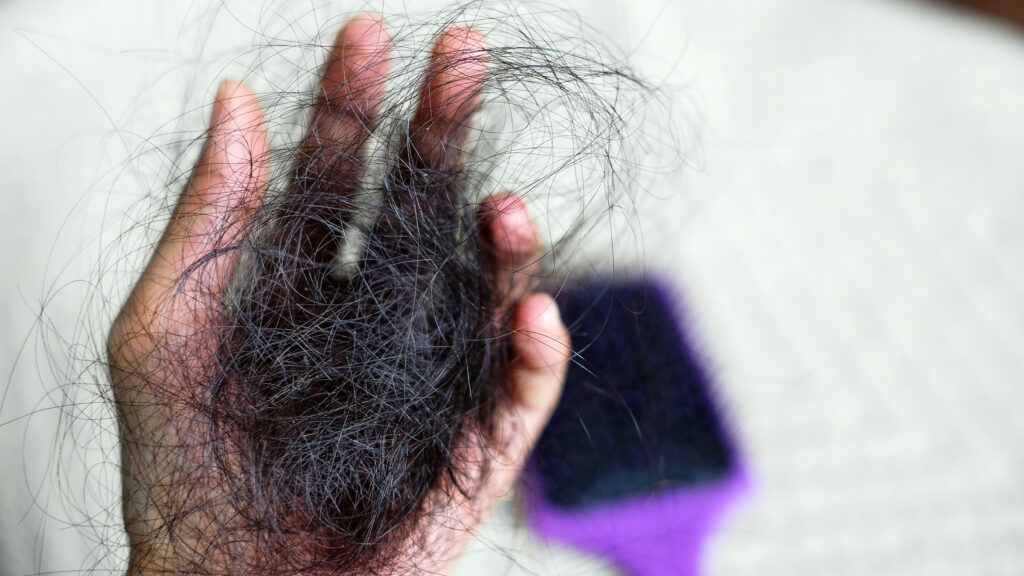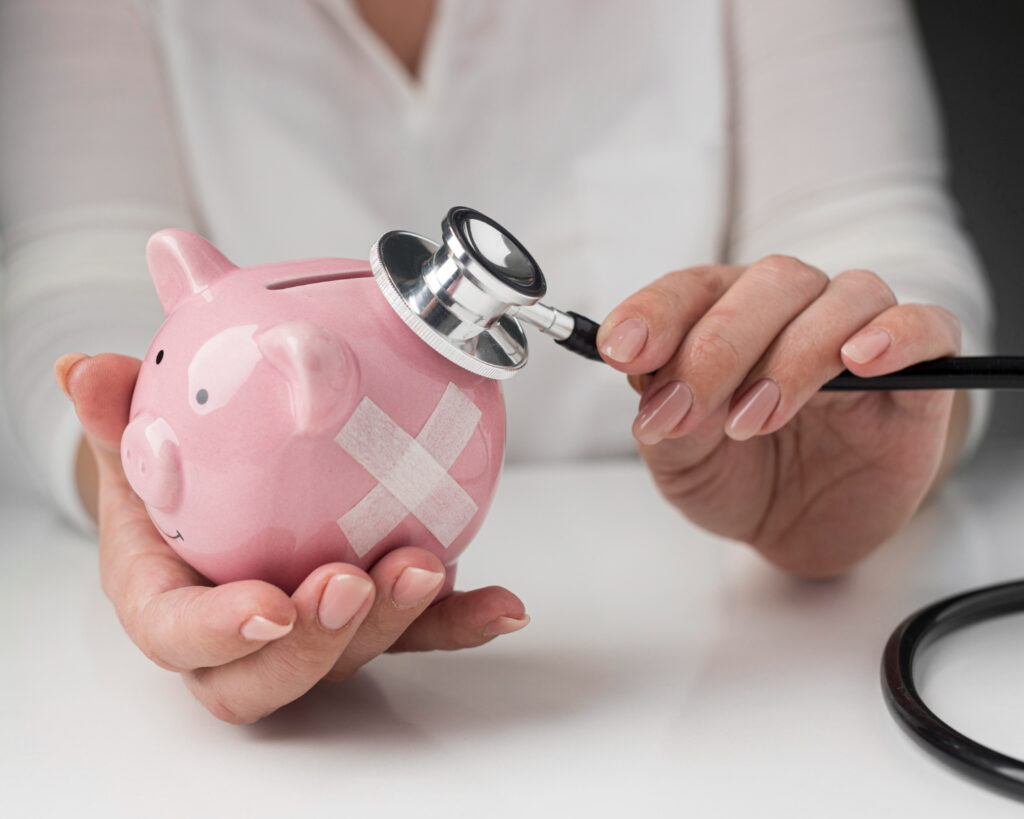Noticing more hair on your brush or a less voluminous ponytail? Hair thinning can hit your confidence hard, but you’re not alone. While aging is often blamed, there are other sneaky culprits at play—some you might not expect. From genetics to stress to your hair care routine, we’re diving into the top five reasons your hair might be thinning and sharing practical, everyday tips to help you take control. Get ready to feel empowered and keep your locks looking their best!
The Top 5 Reasons Your Hair Is Thinning
Hair thinning is complex, with causes ranging from your DNA to your daily habits. Here’s a breakdown of the top five reasons, backed by trusted sources, to help you understand what’s going on.
1. Genetics: It’s in Your DNA
If thinning hair runs in your family, you might be dealing with androgenetic alopecia, also known as male or female pattern baldness. It’s the most common cause of hair loss, impacting about 50 million men and 30 million women in the U.S. (Medical News Today). Men may notice a receding hairline or thinning crown, while women often see a wider part or overall thinning, especially after their 40s. You can’t change your genes, but knowing your family history can inspire proactive hair care.
2. Hormonal Shifts: A Balancing Act
Hormones can shake up your hair’s growth cycle. Changes during pregnancy, menopause, or other hormonal fluctuations can lead to thinning. For example, pregnancy often brings thicker hair due to higher estrogen, but postpartum shedding is common. Menopause, with its estrogen dip, can also thin hair (Mayo Clinic). A balanced lifestyle can support overall wellness, but significant changes may call for a chat with a healthcare provider.
3. Stress: When Life Takes a Toll
Ever had a stressful period and noticed more hair falling out? You’re not imagining it. High stress can push hair follicles into a resting phase, causing more shedding a few months later—a condition called telogen effluvium. It’s usually temporary, but ongoing stress can prolong the issue (American Academy of Dermatology). Simple stress-busters like a daily walk, yoga, or meditation can help your mind and your hair bounce back.
4. Nutritional Gaps: Feed Your Hair
Your hair craves nutrients like iron, vitamin D, zinc, and B vitamins. Skimp on these, and your hair can weaken or thin. Iron deficiency is a big culprit, especially for women, and low vitamin D doesn’t help either (Cleveland Clinic). Load up on eggs, spinach, nuts, and fatty fish to give your hair the nutrients it needs. Suspect a nutritional gap? A healthcare provider can point you in the right direction.
5. Hair Care Habits: Treat It Kindly
Your styling habits matter. Tight ponytails, braids, or cornrows can lead to traction alopecia, a type of hair loss from constant pulling. Overusing heat tools, harsh chemical treatments, or rough brushing can also cause breakage (Mayo Clinic). Switching to gentler practices can work wonders for your hair’s health.
| Cause of Hair Thinning | Key Details | Can It Be Managed? |
|---|---|---|
| Genetics (Androgenetic Alopecia) | Hereditary; affects men (receding hairline) and women (overall thinning). | Yes, with proactive care. |
| Hormonal Shifts | Pregnancy, menopause, or fluctuations disrupt hair growth. | Often, with lifestyle support or professional guidance. |
| Stress | Pushes follicles into resting phase; often temporary. | Yes, through stress management. |
| Nutritional Gaps | Lack of iron, vitamin D, zinc, or B vitamins weakens hair. | Yes, with a balanced diet. |
| Hair Care Habits | Tight styles, heat, or chemicals cause breakage or traction alopecia. | Yes, with gentler practices. |
Busting Hair Thinning Myths
Hair thinning myths are everywhere. Let’s clear the air with facts from reliable sources.
- Myth: Hats cause hair loss.
Fact: No evidence supports this. Only extremely tight hats worn constantly might contribute to traction alopecia, but it’s rare (Henry Ford Health). - Myth: Only older people lose hair.
Fact: Hair thinning can start in your teens, 20s, or 30s, depending on genetics, stress, or lifestyle (American Academy of Dermatology). - Myth: Hair loss is always permanent.
Fact: Stress or nutrition-related thinning is often reversible with the right care (NBC News). - Myth: Hair loss is just genetic.
Fact: Genetics play a big role, but hormones, stress, and habits matter too (Henry Ford Health). - Myth: Women don’t get hair thinning.
** Fact: About 30% of women experience female pattern hair loss by age 50, though it’s often subtler than in men (NBC News).
5 Practical Tips to Support Hair Health
You’ve got more control over hair thinning than you think. Here are five actionable tips to support your hair’s health:
- Eat for Your Hair
Fuel up with foods packed with hair-loving nutrients: protein (eggs, lean meats), iron (spinach, lentils), vitamin D (fatty fish, fortified foods), and B vitamins (nuts, whole grains). A balanced diet lays the foundation for stronger hair (Cleveland Clinic). - Chill Out
Chronic stress can mess with your hair. Try stress-relievers like yoga, meditation, journaling, or a quick walk. Even 10 minutes a day can make a difference (American Academy of Dermatology). - Go Easy on Your Hair
Skip tight hairstyles that pull on your roots. Use a wide-tooth comb on wet hair and cut back on heat styling. If you must use tools, apply a heat protectant. Regular trims keep split ends in check, making hair look fuller. - Pick Gentle Products
Choose sulfate-free shampoos and conditioners that preserve your scalp’s natural oils. Look for volumizing or strengthening products, but don’t fall for miracle promises. Washing 2-3 times a week prevents drying out your hair. - Stay Hydrated
Water keeps your scalp and hair happy. Aim for at least 8 glasses a day, more if you’re active. Hydration supports your overall health, including your hair.
When to Get Expert Help
Most hair thinning can be managed with lifestyle tweaks, but some cases need a pro’s touch. Sudden or patchy hair loss, scalp irritation, or thinning that doesn’t improve could signal an underlying issue. A dermatologist or trichologist can dig deeper with exams or tests (Cleveland Clinic). Don’t wait if you’re worried—early action can make a big difference.
Wrapping It Up: Take Charge of Your Hair
Hair thinning doesn’t have to be a mystery. By understanding the top five causes—genetics, hormones, stress, nutrition, and hair care habits—you can start making changes that count. Simple steps like eating nutrient-rich foods, easing stress, and treating your hair gently can go a long way. Plus, knowing the myths helps you focus on what works. Your hair’s a big part of your vibe, and with a little TLC, you can keep it looking vibrant for years.

Disclaimer
This article is for informational purposes only and is not medical advice. Hair thinning has many causes, and everyone’s experience is unique. Always consult a healthcare professional for personalized advice on hair loss or health concerns. The information here comes from general knowledge and trusted sources but isn’t a substitute for professional guidance.
References
- Mayo Clinic: Hair Loss – Symptoms and Causes
- American Academy of Dermatology: 18 Causes of Hair Loss
- Cleveland Clinic: Hair Loss in Women
- Cleveland Clinic: Hair Loss Causes and Prevention
- Henry Ford Health: 7 Common Hair Loss Myths
- Medical News Today: Thinning Hair Causes and Remedies
- NBC News: 5 Myths About Thinning Hair Debunked



